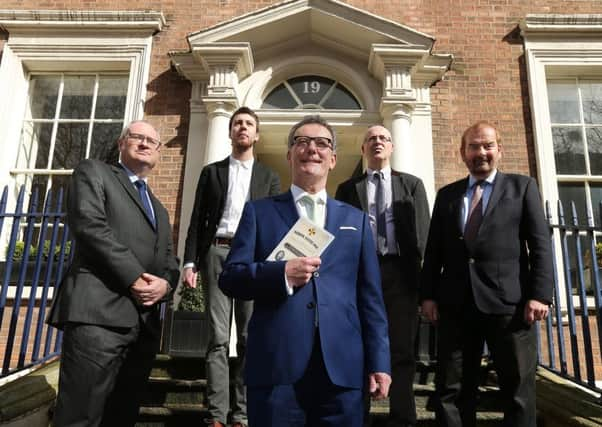Ben Lowry: Unionists should visit Dublin more often


Sitting amid the talks that gave a unionist perspective on 1916, in the library-like setting of the Royal Irish Academy, it seemed incredible that an event so uncontroversial had seemed inconceivable in the recent past.
In fact, I suspect the UUP could have held such an event 25 years ago.
Advertisement
Hide AdAdvertisement
Hide AdGroups like the INLA and some of the wilder factions in the Provisionals would have made it too dangerous to hold such a seminar in the 1970s . But the Provisionals of the early 1990s would not have dared to attack such an occasion.
It has now happened.
Unionists should be shuttling back and forth to the Republic. They have friends there, and would have many more if they showed more of their human face. A unionist presence ought to be part of the Dublin mix, given how cosmopolitan and varied the Republic’s capital now is.
One of the chief joys of the city is its blend of Irish and British cultures, the latter most apparent in the magnificent architecture.
The Georgian RIA building was completed in 1750, for another role, and is sufficiently grand that perhaps it was reported at the time in the Belfast News Letter, but most editions from then are lost.
With its fine big windows, it was a handsome setting for the return of unionism to Dublin.